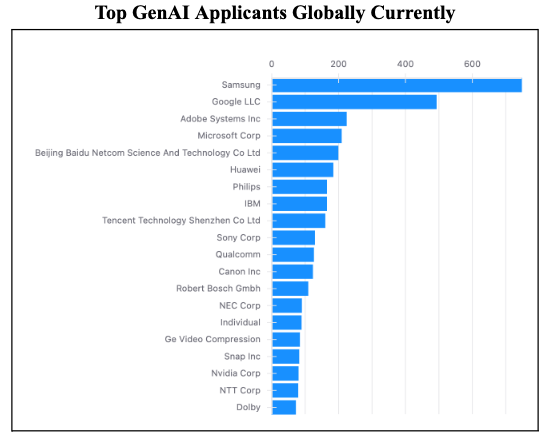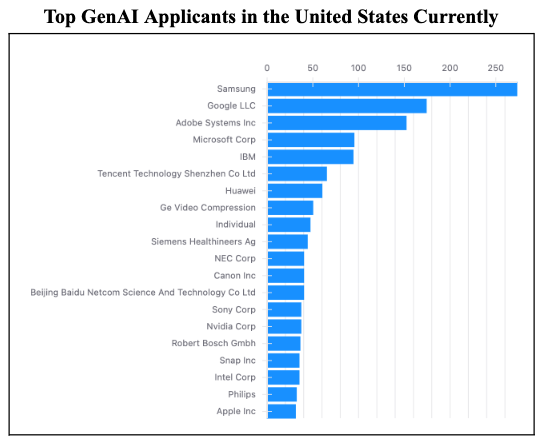The Financial Poise webinar “Post-Grant Review Trials” features Andrea Shoffstall (Senior Patent Counsel at Unified Patents) as one of the panelists, offering practical insights on strategies and best practices for navigating post-grant proceedings before the USPTO. The panelists discuss how practitioners can effectively manage inter partes and post-grant reviews, emphasizing procedural nuances, litigation coordination, and recent trends impacting patent validity challenges. The discussion helps companies understand, at a high-level, how to protect valuable IP assets, anticipate challenges from competitors, and make informed decisions about pursuing or defending post-grant proceedings as part of a broader patent strategy. For businesses, patents are both key assets and sources of competitive value, making validity disputes potentially game-changing battles.
Read the article here: https://www.financialpoise.com/post-grant-review-trials/











